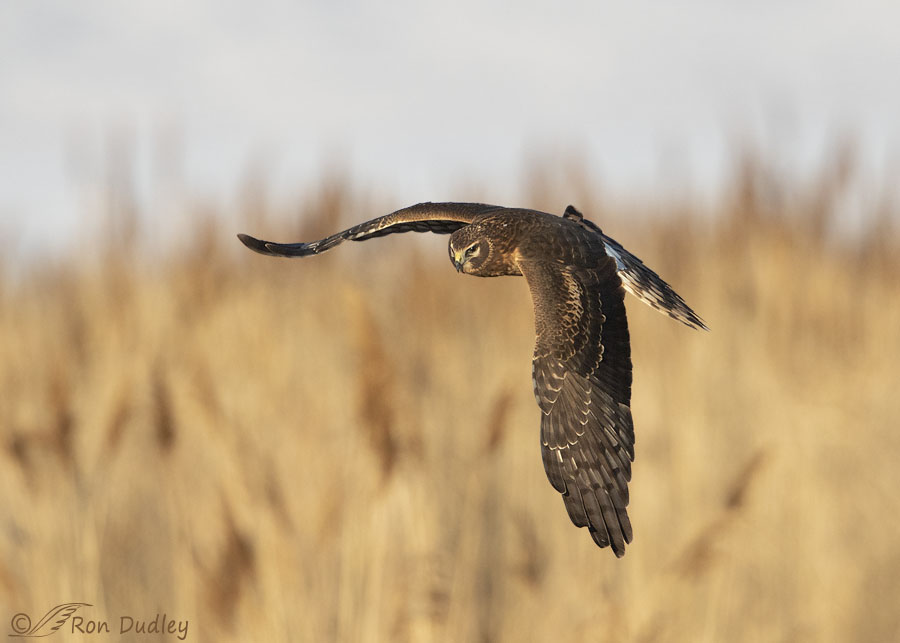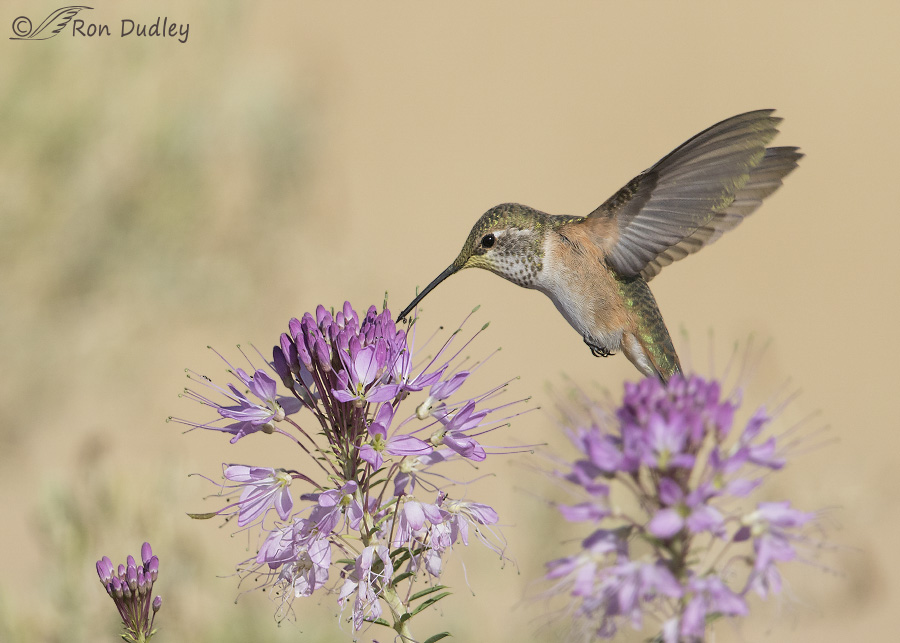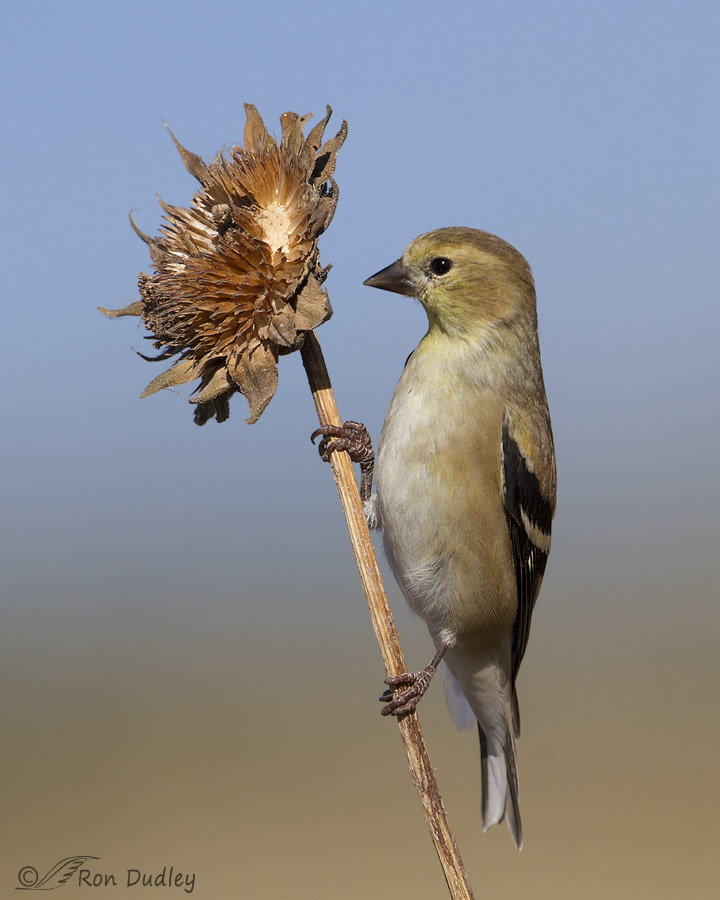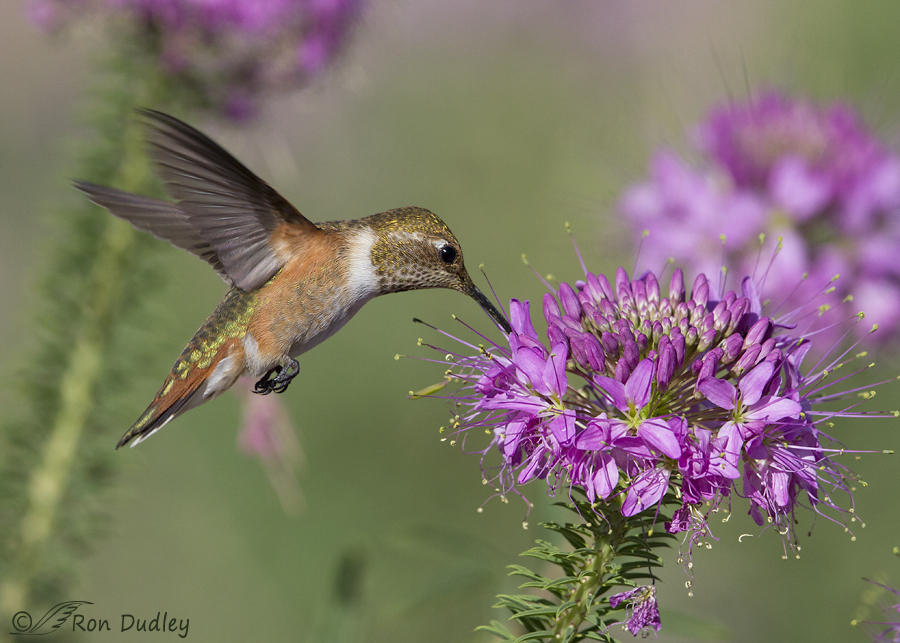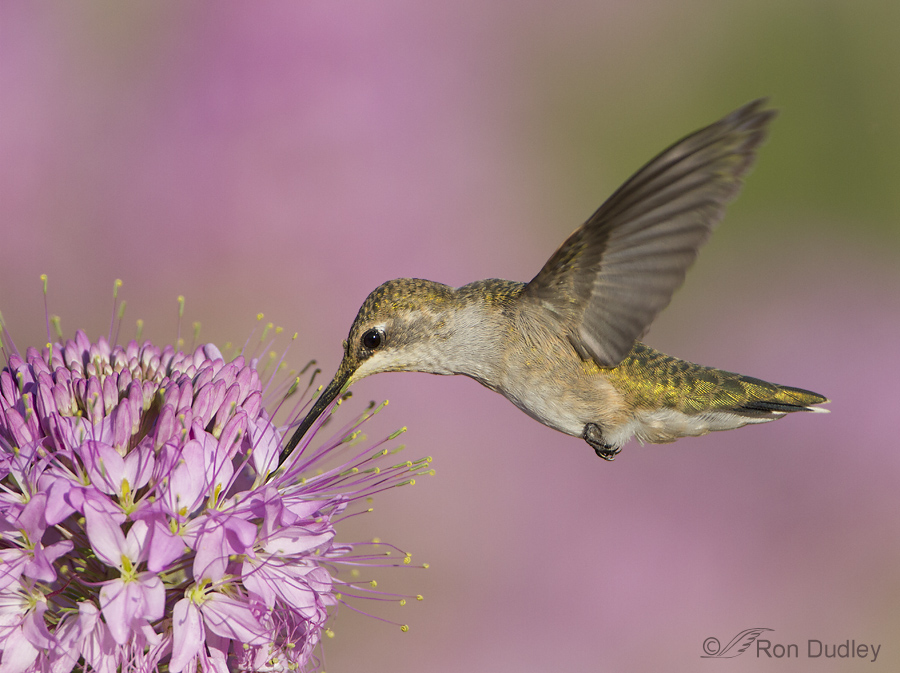Tag: flash
Calliope Hummingbird In A Natural Setting
Setups in Bird Photography
Hummingbirds And The Way I Prefer To Photograph Them
Hummingbird Respite
Burrowing Owl In Dramatic Side Light
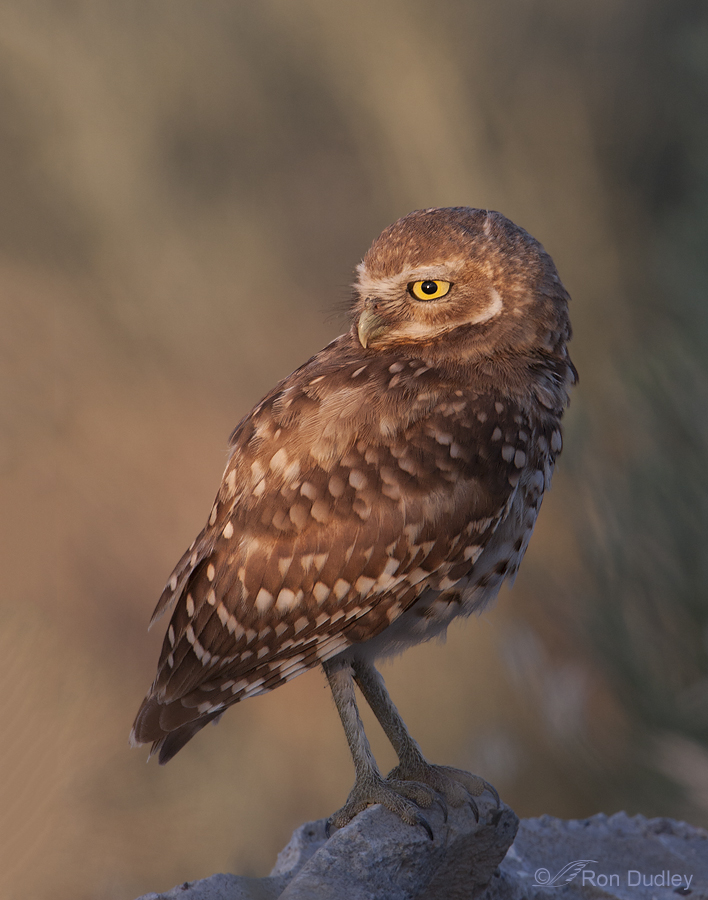
As every photographer knows, light angle can make or break an image. In static portrait shots especially, partial side lighting (at perhaps 45 degrees to your subject) emphasizes texture, patterns and shapes and helps to separate subject from background. It’s been said that side light “sculpts” your subject.
Hummingbirds, Butterflies And Rocky Mountain Bee Plant
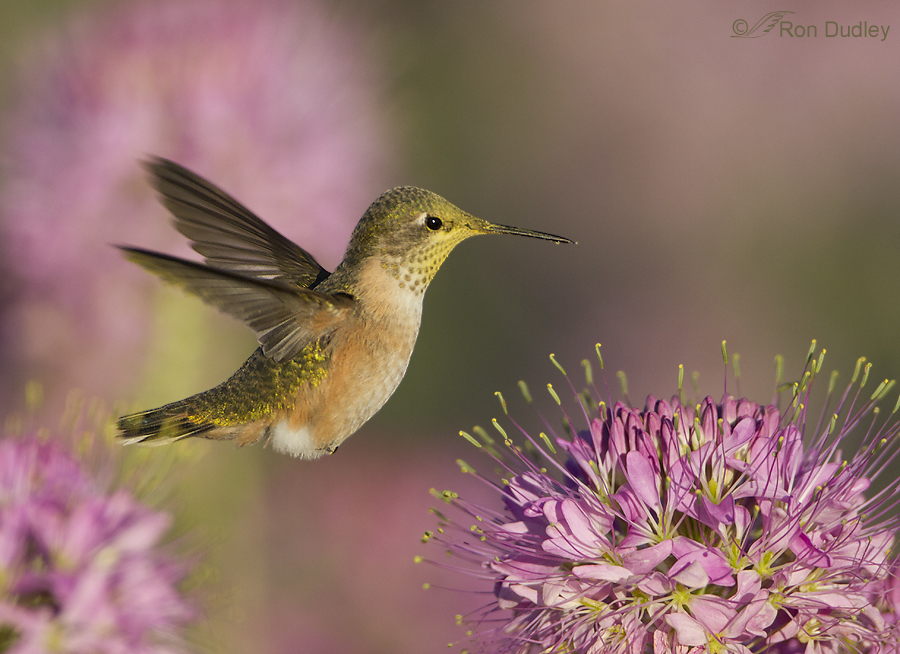
Yesterday morning on Antelope Island hummingbirds were buzzing frantically over clumps of Rocky Mountain Bee Plant, a species of Cleome that produces copious amounts of nectar so it attracts hummingbirds, butterflies, bees and wasps. All four were present. As a biologist I enjoyed watching the natural processes at work here. The long, showy pollen tipped stamens and deeply buried nectar, when combined with the long bill of the bird, are the perfect combination to suit some of the biological needs of each species. The hummers were often covered with pollen.
Barn Owls On Unnatural Perches
It’s been a while since I’ve seen any Barn Owls out and about and I’m thinking they won’t be flying again during daytime until at least next winter so I decided to bid them adieu for the present with one last post for the season. I generally prefer my avian subjects on natural perches but Ingrid Tayler’s affection for birds on man-made perches in the urban landscape is beginning to instill in me a little more flexibility. Perhaps it isn’t too late for some new tricks from this old dog… 1/2000, f/7.1, ISO 500, 500 f/4, natural light, not baited set up or called in At Farmington Bay WMA there are numerous signs posted directing hunters to where they can hunt and where they cannot and those signs are favorite resting spots for hunting raptors. When I come across an owl on one of these signs I’ll typically drive on by unless there’s a possibility for take-off shots but I made an exception for this one despite the less than ideal light. 1/2000, f/7.1, ISO 500, 500 f/4, 1.4 tc, natural light, not baited set up or called in Another favorite perch is this kestrel nesting box at the top of a hill. From this elevated vantage point the birds can hunt visually over a large area without expending the energy required for flight – a significant advantage in the depths of a long, cold winter when calories are at a premium. This owl looks like it might be wary of me and about to fly, but it isn’t. It was calmly…


